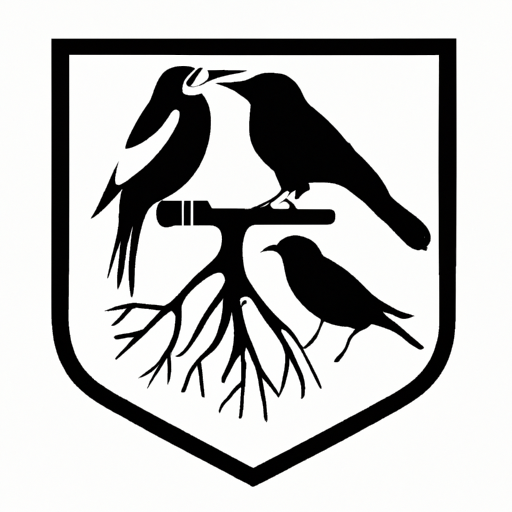 Introduction:
Introduction:
The preservation and protection of animals and plants are of paramount importance for the sustainability of our planet. Beyond their inherent worth, animals and plants are integral components of intricate ecosystems, playing vital roles in maintaining biodiversity, regulating climate, and providing essential resources for human survival. This article delves into the myriad reasons why it is crucial to safeguard animals and plants, encompassing their intrinsic value, ecological significance, and the potential consequences of failing to protect them.
1. Intrinsic Value:
Animals and plants possess intrinsic value, meaning they have worth and deserve moral consideration independent of their usefulness to humans. Each species has evolved over millions of years, developing unique characteristics, behaviors, and ecological roles. Protecting them acknowledges their inherent right to exist and thrive, respecting the intrinsic worth of all life forms on Earth.
2. Biodiversity:
Animals and plants contribute to the overall biodiversity of our planet. Biodiversity refers to the variety and variability of life, encompassing genetic, species, and ecosystem diversity. A rich biodiversity ensures the resilience of ecosystems, enabling them to withstand environmental changes, recover from disturbances, and adapt to new conditions. The loss of any species diminishes this intricate web of life, potentially leading to irreversible consequences.
3. Ecosystem Services:
Animals and plants provide vital ecosystem services that sustain life on Earth. For instance, pollinators such as bees and butterflies facilitate the reproduction of flowering plants, which, in turn, produce fruits, nuts, and seeds essential for human and animal consumption. Animals contribute to nutrient cycling, seed dispersal, and pest regulation. Plants, through photosynthesis, produce oxygen, absorb carbon dioxide, and mitigate climate change. Disrupting these services jeopardizes the functioning and stability of entire ecosystems.
4. Economic Importance:
Animals and plants are crucial for various economic sectors. Agriculture relies on pollinators for crop production, while forests provide timber, non-timber forest products, and habitat for countless species. Ecotourism, centered around observing wildlife and natural landscapes, generates significant revenue and employment opportunities. Protecting animals and plants safeguards these economic benefits, ensuring sustainable livelihoods for communities around the world.
5. Medical and Scientific Advancements:
Numerous breakthroughs in medicine and biotechnology have been made possible through the study of animals and plants. Many life-saving drugs, such as antibiotics, anticancer agents, and painkillers, have been derived from natural compounds found in plants and animals. Protecting biodiversity preserves the potential for future scientific discoveries, including advancements in medicine, agriculture, and environmental technologies.
6. Climate Regulation:
Plants, through their ability to absorb carbon dioxide and release oxygen, play a vital role in mitigating climate change. Forests act as carbon sinks, sequestering vast amounts of carbon and helping regulate the global climate. Animals, particularly marine organisms, influence the carbon cycle by storing carbon in their bodies and releasing it upon decomposition. Protecting animals and plants is crucial for maintaining these climate regulation mechanisms.
7. Interconnectedness and Cascading Effects:
Every species, no matter how small or seemingly insignificant, contributes to the delicate balance of ecosystems. The loss of one species can trigger a cascading effect, disrupting the entire ecological web. For example, the decline of apex predators can lead to an increase in prey populations, resulting in overgrazing, habitat degradation, and altered species dynamics. Protecting animals and plants ensures the preservation of these complex relationships, promoting a harmonious and functional environment.
8. Ethical Obligations:
As stewards of the Earth, humans have an ethical obligation to protect animals and plants. Our actions determine the fate of countless species, and neglecting this responsibility risks compromising the well-being of future generations. By prioritizing the preservation of animals and plants, we acknowledge our interconnectedness with the natural world and strive towards a more sustainable future.
Conclusion:
The conservation and protection of animals and plants are not mere choices but essential imperatives for the survival and well-being of our planet. Recognizing their intrinsic value, preserving biodiversity, safeguarding ecosystem services, and acknowledging our ethical obligations are critical steps towards ensuring a sustainable future. By implementing effective conservation measures, promoting sustainable practices, and fostering public awareness, we can protect the rich tapestry of life that sustains us all.
